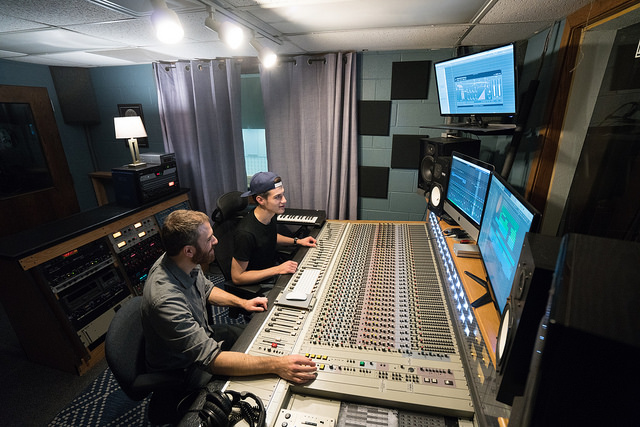Sexual assault stats
September 26, 2019
In 2007 the U.S. Department of Justice published the Campus Sexual Assault study, which identified key risk factors leading to sexual assault and established the groundwork for UW Oshkosh’s “Red Zone” initiative.
The 2007 study aimed to examine the prevalence, nature and reporting of sexual assaults experienced by college students in order to develop intervention strategies.
The CSA study used data collected from more than 6,800 undergraduate students. The data showed that 13.7% of undergraduate women were victims of at least one sexual assault since entering college.
4.7% of victims suffered from physically forced sexual assault and 7.8% were assaulted when they were incapacitated after knowingly consuming drugs or alcohol. 0.6% were assaulted when they were incapacitated after having been given a drug without their knowledge.
The study described being a victim of sexual assault as one of the most violating experiencesanyone can endure, causing immediate and long-term mental and physical health consequences.
About 40% of sexual assault victims contract sexually transmitted diseases, which may include herpes, genital warts, gonorrhea or chlamydia.
The data indicates 1% to 5% of victims become pregnant, leading to an estimated 32,000 rape-related pregnancies in the United States each year.
Victims of rape are also more likely to commit suicide than victims of other crimes. The study said “rape is believed to carry the highest annual victim cost of any crime,” at $127 billion.
For victims of sexual assault, UWO has resources on campus to help victims navigate their lives after the incident.
Campus Victim Advocate Ciara Hill and Sexual and Interpersonal Violence Prevention Coordinator Gabrielle Schwartz help students process their options and connect with resources after a traumatic experience.
Frequent alcohol and/or drug use are common factors that may lead to increased risk of being sexually assaulted, based on findings in the CSA.
“Students don’t understand that if a person is intoxicated, they can’t legally give consent,” Hill said. “So, we see alcohol playing a big role as far as on campus sexual assaults.”
To reduce the impact of alcohol use, University Police Capt. Chris Tarmann said campus police have increased their effort to spread information about the dangers of alcohol consumption this semester.
“Ultimately our goal isn’t to say that drinking is bad,” Tarmann said. “It’s to say, ‘learn how to drink, do it safely, do it the right way.’”
Findings also indicate that freshmen and sophomores were more likely to be sexually assaulted than juniors and seniors.
“84% of the women who reported sexually coercive experiences experienced the incident during their first four semesters on campus,” the study said.
The CSA found that in the vast majority of sexual assaults, the perpetrator and the victim knew each other beforehand and the perpetrator was most commonly a classmate, friend, boyfriend, ex-boyfriend or acquaintance.
“At least 80% of the time, it’s someone that the victim has a relationship with,” Schwartz said.
The study concluded that university students were overall more likely to be sexually assaulted than the rest of the population.
“They’re on their own a little bit more,” Schwartz said. “They might be in new environments, [and] engaging in new behaviors that perpetrators see and take advantage of.”
The CSA also recommended universities take more steps toward educating their students about sexual assault.
“Participating in ‘Red Zone’ events is a way for students to take a stand and spread the message to their community that they will not tolerate any form of sexual violence,” Schwartz said.













